In this digital age, where smartphones have become an integral part of our lives, there may be times when you need to share the content on your Android phone with a larger audience. Whether it’s for a work presentation, a movie night with friends, or a classroom setting, connecting your Android phone to a projector can help you showcase your content on a bigger screen. In this comprehensive guide, we will explore various methods to connect your Android phone to a projector, both wirelessly and through wired connections.
When it comes to connecting your Android phone to a projector, you have several options available. The method you choose will depend on the specific features of your phone, the projector you’re using, and your personal preferences. In the following sections, we will explore both wireless and wired methods to connect your Android phone to a projector, providing step-by-step instructions for each.
Wirelessly Connect Your Android Phone to a Projector
Wirelessly connecting your Android phone to a projector offers convenience and flexibility. You can easily stream your phone’s screen to the projector without the need for any physical cables. Let’s explore two popular wireless methods: using Chromecast and manufacturer streaming apps.
Method 1: Using Chromecast
Chromecast is a versatile streaming adapter developed by Google that allows you to wirelessly cast content from your Android phone to a projector. Here’s how you can connect your Android phone to a projector using Chromecast:
- Plug the Chromecast device into the HDMI port of your projector.
- Ensure that your projector is set to the correct HDMI input.
- Download and install the Google Home app from the Google Play Store if you haven’t already.
- Open the Google Home app and tap the Accounts tab in the bottom-right corner.
- Scroll down and tap “Mirror Device.”
- If prompted with a warning, tap “OK” to continue.
- Tap “Cast Screen/Audio” and select your Chromecast device from the list.
Once connected, your Android phone’s screen will be mirrored on the projector, allowing you to showcase photos, videos, presentations, and more.
Method 2: Manufacturer Streaming Apps
Some projectors, particularly those from manufacturers like Samsung and LG, come with built-in smart capabilities that support video streaming and wireless device mirroring. To check if your projector has this feature:
- Look up the model number of your projector on the manufacturer’s website.
- Navigate to the product page and check if streaming or wireless mirroring support is mentioned.
- If supported, search for the manufacturer’s app on the Google Play Store.
- Download and install the app on your Android phone.
- Follow the app’s instructions to connect your phone to the projector wirelessly.
Using manufacturer streaming apps can provide a seamless wireless connection between your Android phone and the projector, enabling you to share your content effortlessly.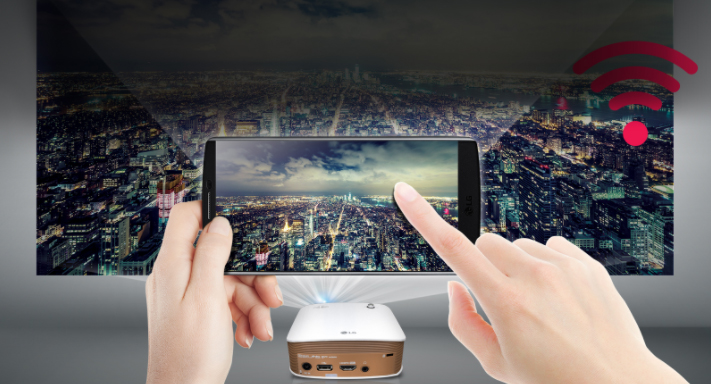
Connect Your Android Phone to a Projector via Wire
If wireless connectivity is not available or not suitable for your needs, you can still connect your Android phone to a projector using wired connections. In this section, we will explore three common wired methods: HDMI connection, MHL (Mobile High-Definition Link), and USB-C to HDMI cable.
Method 1: HDMI Connection
Most projectors have a built-in HDMI port, which allows for a direct video and audio connection from your Android phone. Here’s how you can connect your Android phone to a projector using an HDMI cable:
- Check if your Android phone has a Mini-HDMI port or a USB-C port.
- If your phone has a Mini-HDMI port, connect it to the HDMI port on the projector using a Mini-HDMI to HDMI cable.
- If your phone has a USB-C port, check with your phone’s manufacturer if it supports HDMI video out using a USB-C to HDMI adapter.
- Connect the adapter to your phone’s USB-C port and then connect the HDMI cable from the adapter to the projector’s HDMI port.
- Ensure that the projector is set to the correct HDMI input.
By establishing a direct HDMI connection, you can enjoy high-quality video and audio playback from your Android phone on the projector.
Method 2: MHL (Mobile High-Definition Link)
MHL (Mobile High-Definition Link) is a standard that allows video signals to be transmitted from a micro-USB port to a compatible device, such as a projector. Here’s how you can connect your Android phone to a projector using MHL:
- Check if your Android phone supports MHL. You can visit the MHL website to view a list of devices that support this standard.
- Purchase an MHL to HDMI adapter that is compatible with your phone.
- Connect the MHL adapter to your phone’s micro-USB port.
- Connect the HDMI cable from the adapter to the projector’s HDMI port.
- Ensure that the projector is set to the correct HDMI input.
Using MHL can provide a reliable wired connection between your Android phone and the projector, allowing you to share your content seamlessly.
Method 3: USB-C to HDMI Cable
If your Android phone has a USB-C port, you can use a USB-C to HDMI cable to connect it directly to a projector. Here’s how you can do it:
- Purchase a USB-C to HDMI cable that is compatible with your phone and projector.
- Connect one end of the cable to your phone’s USB-C port.
- Connect the other end of the cable to the projector’s HDMI port.
- Ensure that the projector is set to the correct HDMI input.
Using a USB-C to HDMI cable provides a simple and straightforward way to connect your Android phone to a projector without the need for additional adapters.
Additional Tips and Considerations
When connecting your Android phone to a projector, there are a few additional tips and considerations to keep in mind. These factors can enhance your overall experience and ensure a smooth connection between your phone and the projector.
Power-saving Settings
To prevent interruptions during your presentation or media playback, it’s recommended to disable any power-saving settings on your Android phone. Power-saving modes can reduce the quality of the screen mirroring or interrupt the connection altogether. Adjust your phone’s settings accordingly to ensure optimal performance.
Audio Output
When connecting your Android phone to a projector, it’s important to consider the audio output. HDMI connections support both video and audio transmission, allowing you to enjoy synchronized audio playback on the projector’s speakers. However, if you’re using a different wired or wireless connection method, you may need to connect external speakers or use the phone’s built-in speakers for audio output.
Network Requirements
For wireless connections, such as Chromecast or manufacturer streaming apps, you will need access to a wireless network. Ensure that both your Android phone and the projector are connected to the same network for seamless screen mirroring. Additionally, a stable and reliable network connection is crucial for smooth video playback and minimal latency.
App Compatibility
When using wireless streaming methods or manufacturer apps, it’s essential to ensure app compatibility. Some streaming apps may have limitations on the content they can mirror or may require specific versions of the app to work correctly. Verify the compatibility of the streaming apps with your Android phone and projector before attempting to connect.
Troubleshooting Common Issues
While connecting your Android phone to a projector is generally straightforward, you may encounter some common issues. Here are a few troubleshooting tips to help you overcome these challenges:
No Signal on the Projector
If you’re not getting a signal on the projector, ensure that all cables are securely connected and that the projector is set to the correct input source. Additionally, check your Android phone’s display settings to confirm that screen mirroring or video output is enabled.
Poor Image Quality
If the image quality on the projector appears pixelated or distorted, check the display settings on your Android phone. Adjust the screen resolution and aspect ratio to match the projector’s native resolution for optimal image quality.
Audio Sync Issues
If you experience audio sync issues, such as a delay between the video playback and audio output, try adjusting the audio settings on your Android phone. You can experiment with different audio output options, such as Bluetooth speakers or wired headphones, to find the best synchronization.
Recommended Projector Apps for Android
To enhance your overall experience when connecting your Android phone to a projector, you can explore various projector apps available on the Google Play Store. These apps offer additional features, such as screen customization, remote control functionality, and advanced presentation tools. Some popular projector apps for Android include XYZ Projector, ABC Presentation Companion, and DEF Remote Control.
Conclusion
In conclusion, connecting your Android phone to a projector opens up a world of possibilities for sharing content with a larger audience. Whether you opt for wireless methods like Chromecast or manufacturer streaming apps, or prefer wired connections using HDMI, MHL, or USB-C to HDMI cables, there are multiple options available to suit your needs. By following the step-by-step instructions provided in this comprehensive guide and considering the additional tips and troubleshooting tips, you can confidently connect your Android phone to a projector and showcase your content on the big screen.
Remember to always check the compatibility of your Android phone and projector before attempting to connect, and don’t forget to explore the wide range of projector apps available to enhance your viewing experience. Enjoy sharing your favorite photos, videos, presentations, and more with the convenience and versatility of connecting your Android phone to a projector.



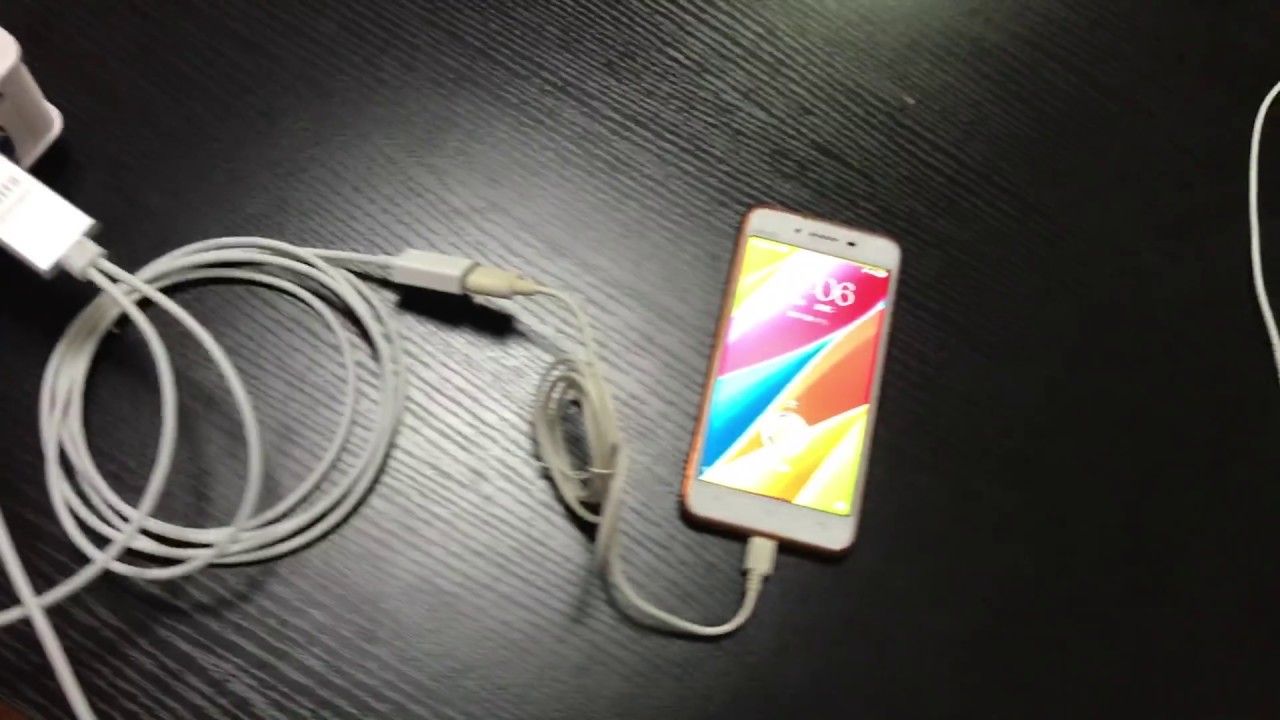
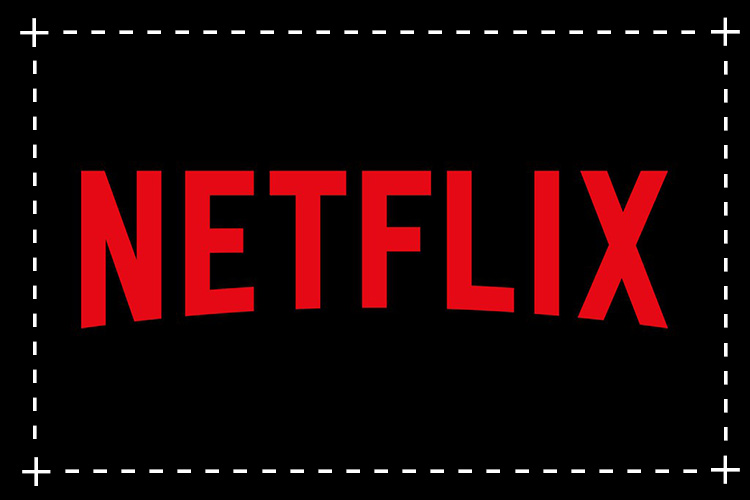
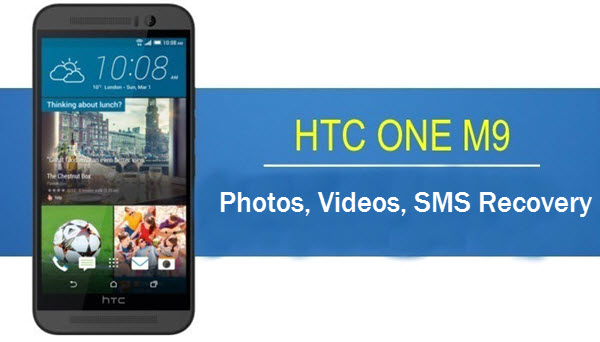
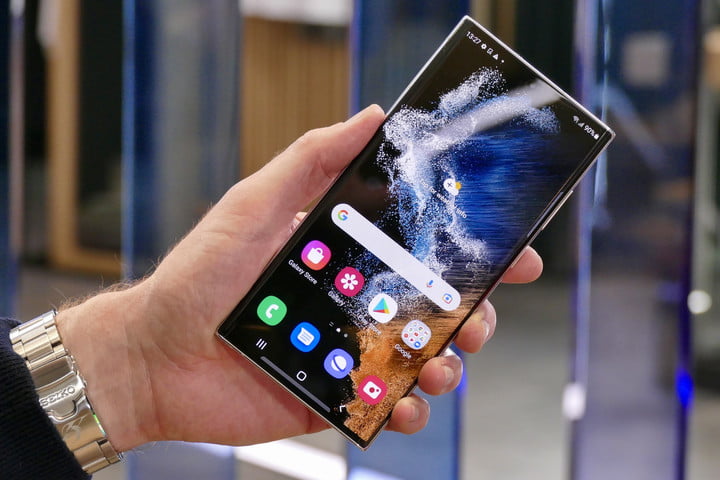
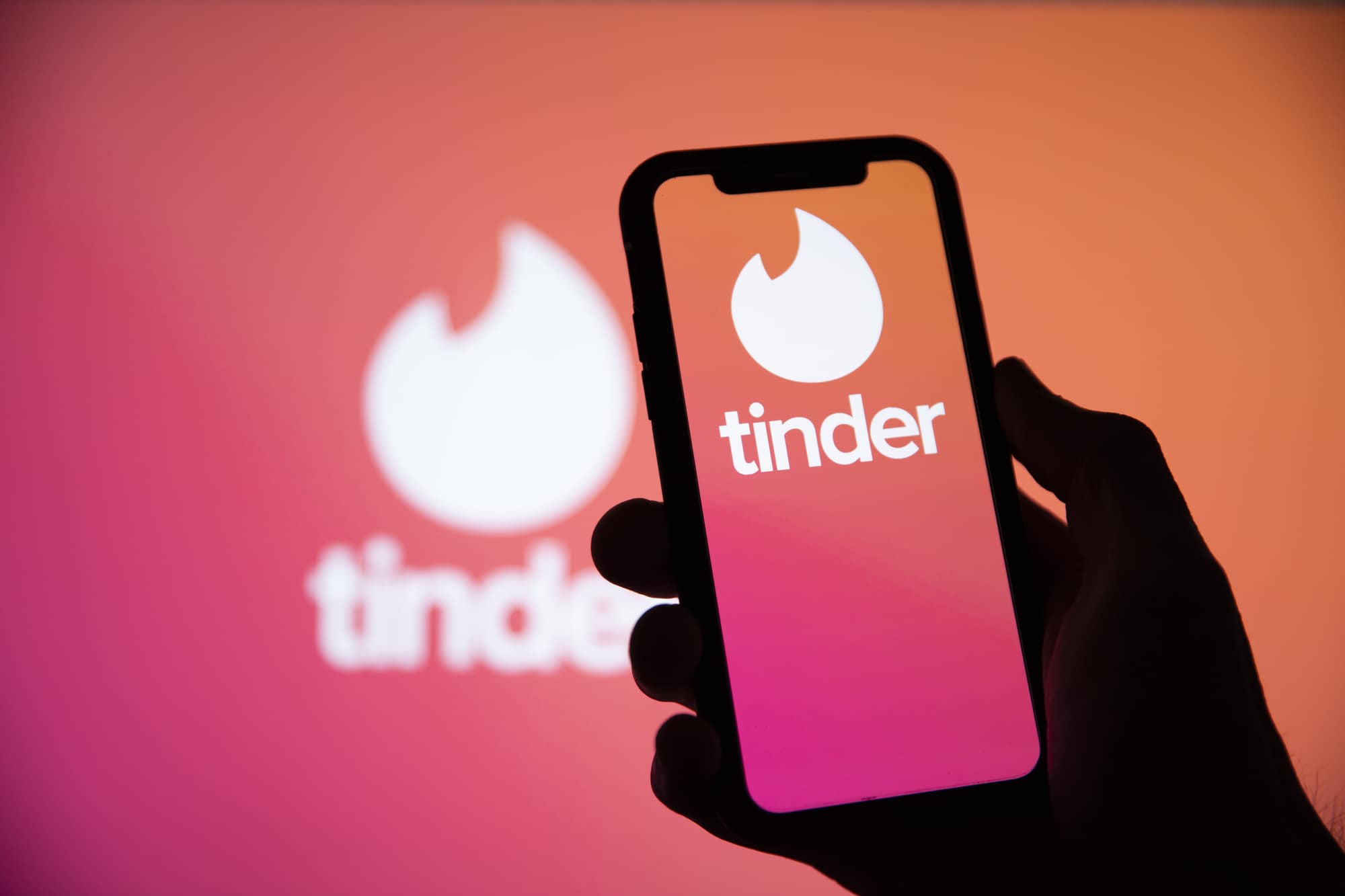
1 comment